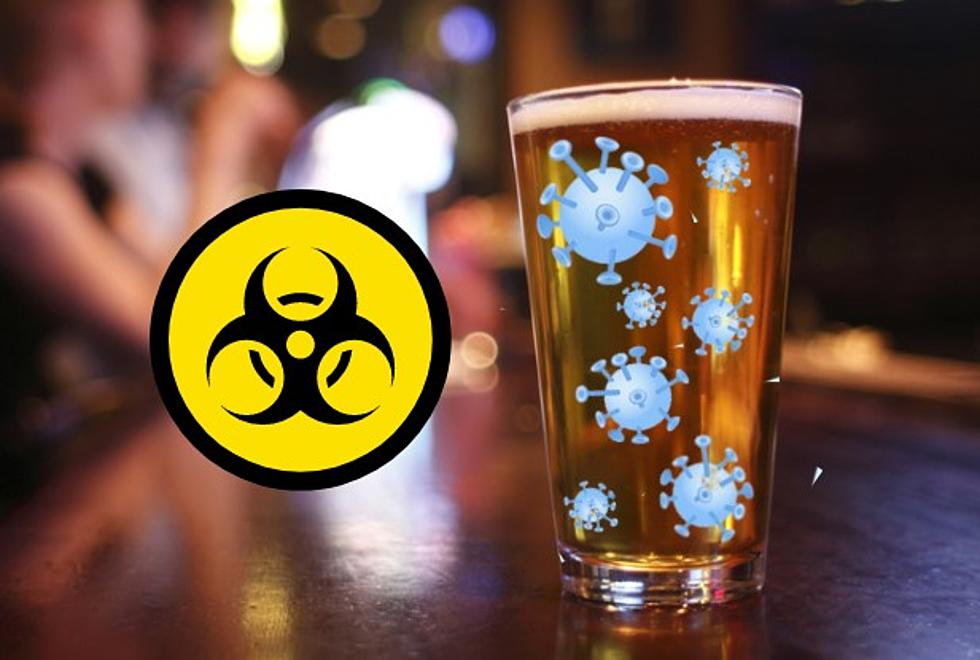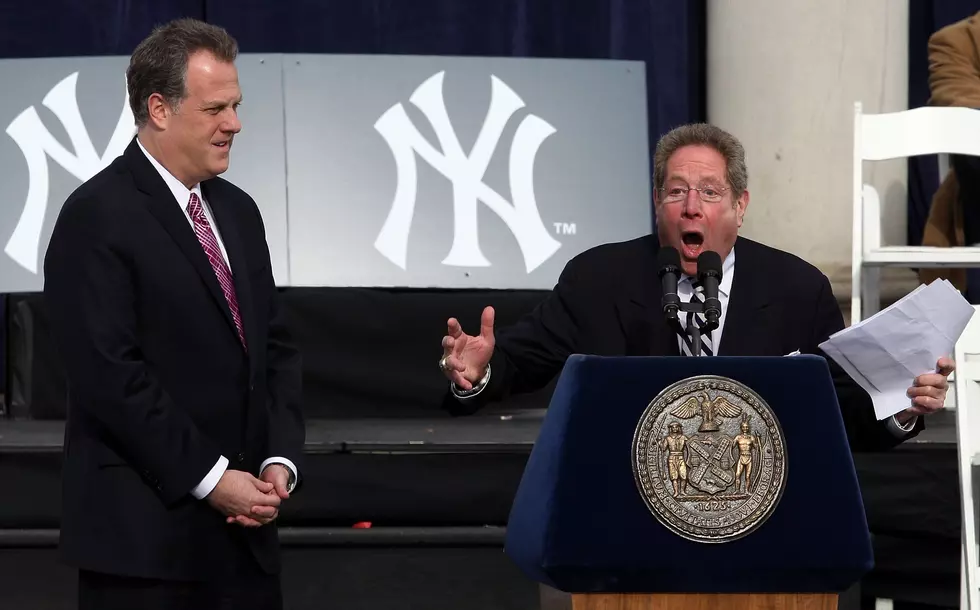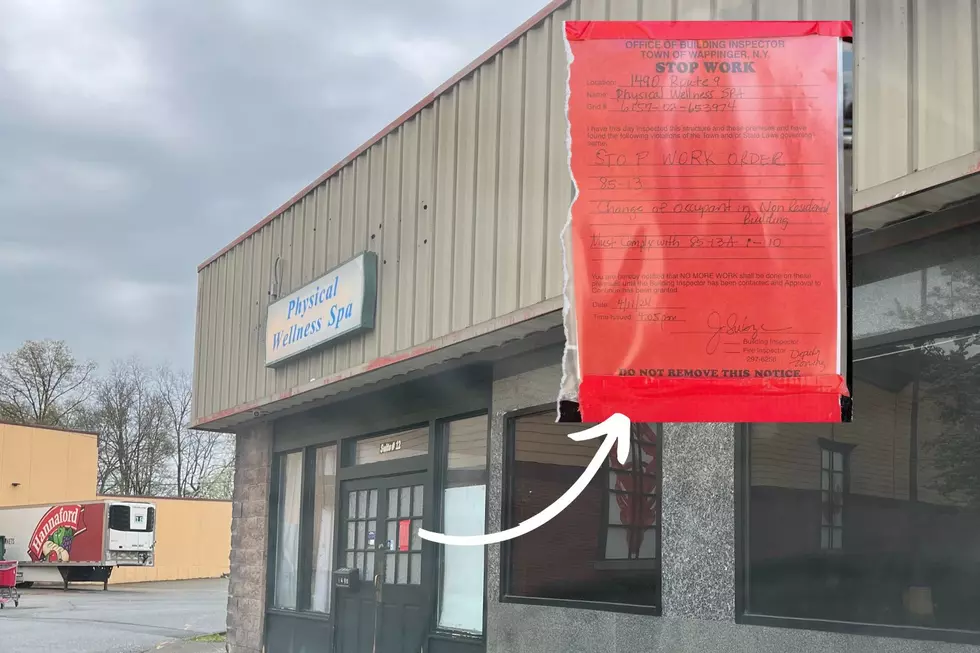
Many Hudson Valley Bars Serving Beer From Gross, Dirty Taps
You may think that getting beer on tap is the freshest way to enjoy a pint, but that couldn't be further from the truth at some local bars.
With beer lovers now finally returning to their favorite drinking establishments in the Hudson Valley a new, silent danger has arisen. Yes, making sure to keep yourself protected from COVID is certainly a concern, but I'm talking about the growing problem of bacteria-filled tap lines.
You may not have even noticed it, but I can guarantee that you've drunk at least a few beers this year that were so gross it would make your stomach churn. As someone who is very particular about their beer, I've unfortunately experienced this quite a few times this summer. While drinking a beer ordered from the tap, I could immediately tell it was full of bacteria due to dirty tap lines. Sadly, others at the same bar were completely unaware that they were sucking down some nasty suds that most probably gave them an upset stomach and a really bad headache the next day.
The shocking thing is that these bad beers weren't served in dive bars or visibly unclean places. In fact, one establishment was an actual brewery where you'd think they'd be even more concerned about serving their beer from clean equipment. Yuck.
There's currently little to no oversight when it comes to keeping beer dispensing equipment clean, so many bars don't make it a huge priority. At a minimum, bars should completely clean their beer lines once every two weeks. While this is the standard, bars that serve some craft beers may need to clean their taps more frequently. Hazy beers have become very popular over the past year. While they're delicious to drink, the suspended yeast in the beer can quickly collect on beer hoses, causing all sorts of sanitary issues.
There are some tell-tale signs of a dirty tap. Of course, if you can actually see that the beer faucet is dirty you know things have really fallen out of control. You may notice a crusty buildup around the spout or the lever coming out of the top of the tap. The pin in the front of the tap will also show some residue if the system hasn't been cleaned in quite a while.
Unfortunately, most times it's impossible to know if your beer is full of bacteria just by looking at it. While the taps may look clean and the beer appears clear, it may still be terribly contaminated due to dirty beer lines. This video shows what happens when germ-filled buildup is stripped from dirty hoses using cleaning chemicals. Your "fresh beer" could actually be running through this gunk right before hitting your glass.
So how can you tell if you're getting a dirty beer? It all comes down to taste. I'm sure you've been to a bar and had a beer that tasted slightly "off." You may have barely noticed it or just chalked it up to something you recently ate. Beer should never taste different than the way it's intended. If you order a beer you're familiar with and it somehow tastes even slightly different, that's a huge red flag.
Bacteria in beer lines will create a chemical compound called diacetyl. It's the same chemical that's used in microwave popcorn. While diacetyl won't make your beer taste like movie-theater butter, It will give your beer a slightly sour or vinegar taste. Many times the taste is stronger when the beer hasn't been poured in a while. A busy bar could be running beer through the lines quicker, giving the bacteria less time to react with it, but it's still there in your pint. Don't ignore your instincts when you're served a beer that you don't think tastes right -- send it back.
Beer industry experts say it's perfectly reasonable to ask when a bar's tap line has been last cleaned. If the bartender doesn't know, that's probably a good sign that cleaning isn't one of their major priorities. While you won't die from a bacteria-filled beer, it could still make you queasy. So, if you ever have any doubts about the cleanliness of a bar's tap lines it's best to stick to bottles and cans.
Have you ever ordered a beer from a bar that turned out to be contaminated? Let us know in the comments section below or on our Facebook page.
Hudson Valley Restaurants With the Most Critical Violations in 2021
Hudson Valley Says Goodbye To Almost 40 Eateries
More From WRRV-WRRB







